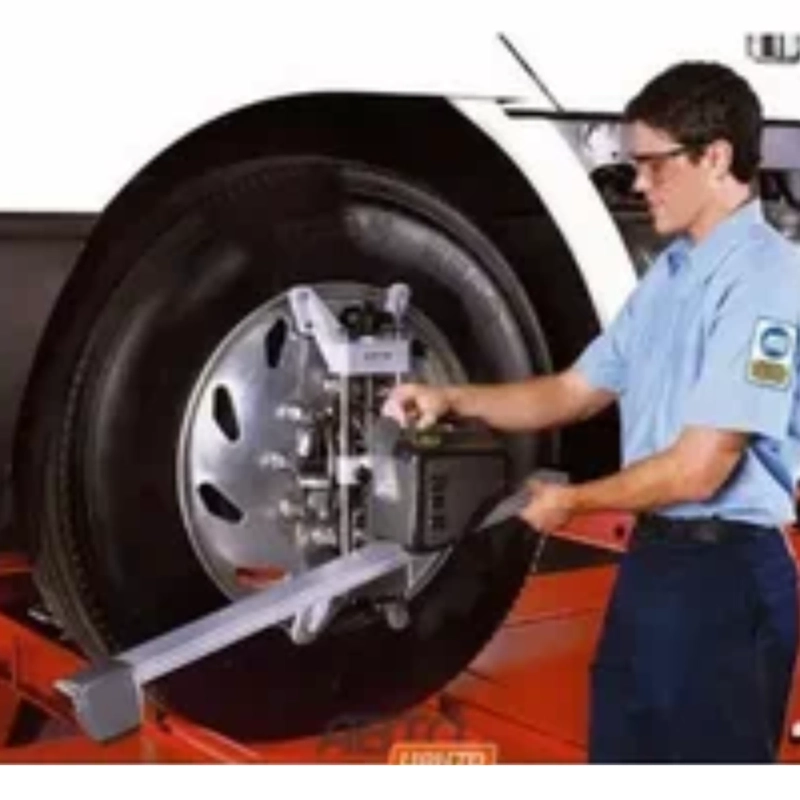The car servicing concept is changing with the growing popularity of hybrid and electric vehicles (EV) in the automotive industry and hybrid and electric cars are making big changes to the automotive industry. The count of moving parts is one of the biggest variations between EV and internal combustion engine (ICE) vehicles. Conventional petrol/diesel engines contain hundreds of parts which need to be serviced regularly, including pistons, camshafts and timing chains. Electric motors, on the other hand, contain very few parts that are in motion, which lower mechanical abrasion, friction, and replacement requirements. EVs will not need oil changes, exhaust service, or replacing spark plugs and regenerative braking will minimize wear on brakes pads and discs. Hybrids still have some of the traditional engine parts, although they are less actively used, which is why their maintenance requirements have a characteristic of both traditional and electric engines. This change implies that regular maintenance is devoted not to mechanical wear but to system health. EV and hybrid drivers will find additional services like wheel balancing Preston becoming a valuable addition to their vehicles as it guarantees a sense of stability and efficiency because these vehicles possess heavier battery packs that affect the handling and ride comfort.
The Next Frontier of Servicing Is Battery Health
Although EVs can eliminate many maintenance activities, they also bring new priorities, with battery health being the centre stage. Lithium-ion battery of high voltage represents the most expensive and crucial component of an EV and its status now is a crucial part of servicing. The state of charge, state of health, and thermal performance are measured using specialist diagnostic devices, and the software is updated by the manufacturers to optimize the efficiency and safety of the battery. Software checks and teaching the owners of the best charging practices (not all the time fast charging or charging to extremely low levels) have become a part of the servicing routine. The battery health in hybrids is also a concern but it is well balanced with engine service. This battery care emphasis is a paradigm change in the old oil-and-filter cycle to more technological maintenance. Service centres are also becoming daily battery conditioning, battery balancing and battery cooling system checks as part of their routine maintenance schedules as battery technology advances and becomes a common aspect of EV and hybrid care.
The Emergence of Expert Technician Education
Electrification has also led to an urgent demand of specially trained technicians. Although the maintenance of ICE car models mostly relies on mechanical competence, EVs and hybrids demand knowledge of high voltage systems, electronics, and software diagnostics. Technicians are now certified to safely handle high-voltage components, and there are now strict guidelines to follow when disconnecting battery packs and dealing with electrical systems. Software-based tools are often used in diagnosis of EV problems and repair of parts like inverters, sensors, and battery management system requires advanced training. The shift is transforming the servicing sector and necessitating an investment in equipment, safety standards, and training of technicians and creating a more technologically oriented and specialized profession. It also implies that to work on high voltage, service providers must invest in diagnostic programs, insulated tools and secure working areas. To drivers, this means a transition to a stage of not only mechanical maintenance, but a mixture of mechanical and electrical maintenance and software maintenance.
A Wider Change in the Servicing Industry
In general, the work of servicing changes in the form of reactive maintenance to predictive care. Related diagnostics and over-the-air software updates also enable manufacturers to remotely monitor the operations of vehicles and stop problems at an early stage. EVs minimize the need to have physical servicing done but enhance the significance of battery and software updates. Battery packs require insulated bays, charging hardware, special lifting apparatus, and battery packs have new business models emerging around them, such as battery leasing, refurbishment, and recycling. Hybrid cars are an intermediate phase, between the old-fashioned servicing and the new demands, and the guarantee that garages will be able to cope with the new conditions of the fast-electrifying market. To this end, most service providers are coming up with more solutions including car tyres Preston in order to cater to the broader demands of the modern vehicle owner. Good-value tyre offerings and progressive servicing provide EV and hybrid users with a holistic care package which is both mechanical and electrical. This is an overall trend whereby servicing is becoming more customer-friendly, which involves affordability and technology-based care.
Conclusion
The emergence of hybrid and electric vehicles is changing the way we think about traditional car servicing as it will move to battery health, software management, and specialized expertise. Although the number of moving parts decreases, thereby offering less frequent routine servicing, the difficult nature of battery systems and safety concerns of operating at high voltages requires a new form of maintenance culture. Technicians should have high-level training, workshops must be equipped with new facilities and servicing becomes more predictive and software-based. Hybrid cars are the best of both worlds, as they need a blend of old-fashioned and new-fangled methods of service and fully electric vehicles push the industry even closer to battery and electronics-centred maintenance.



